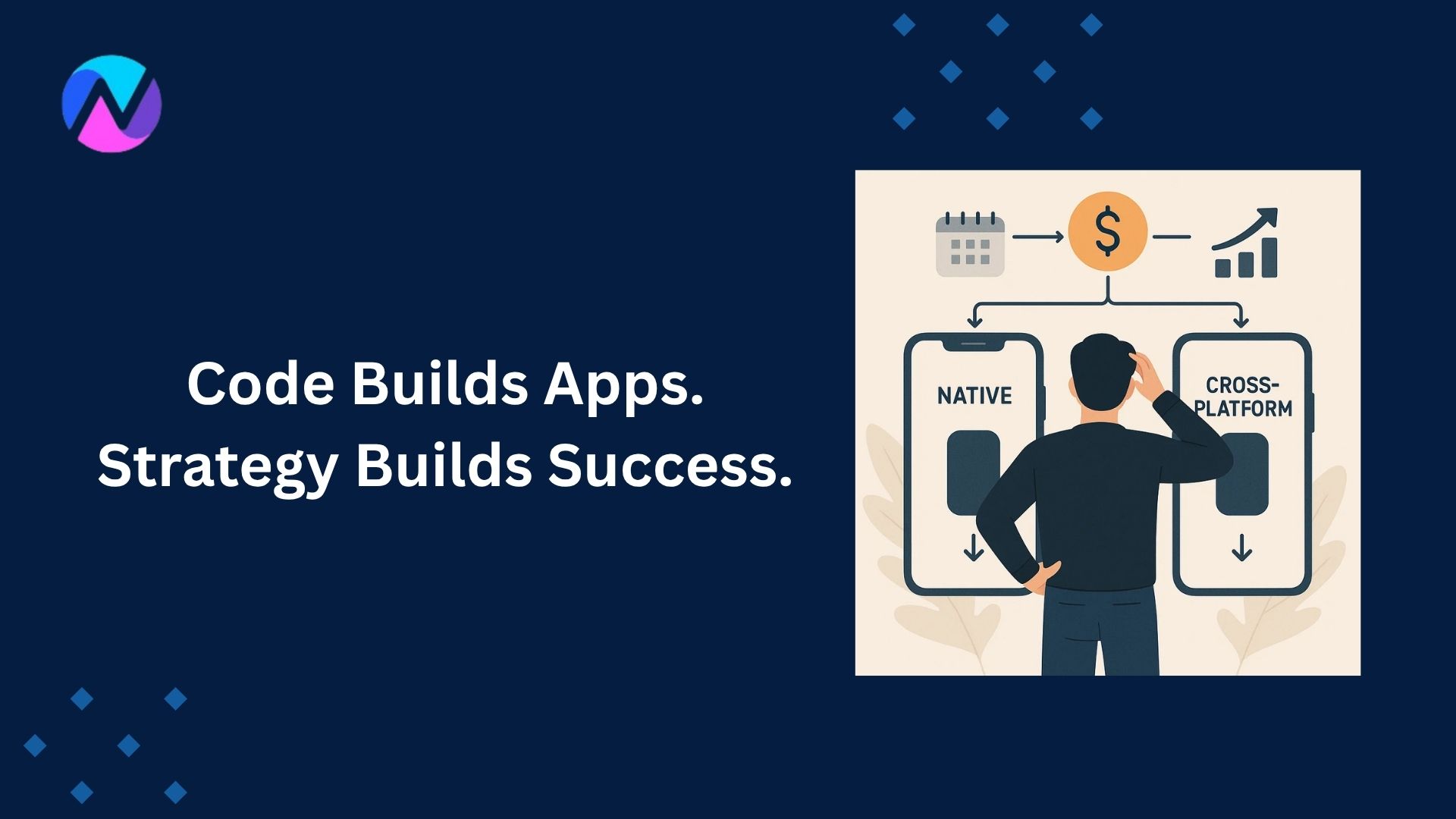
The Ultimate Guide to Mobile App Development in 2025
Introduction
Mobile applications have become an integral part of our digital lives. In 2025, the landscape of app development has evolved dramatically, driven by advancements in AI, cross-platform frameworks, and user expectations. Whether you're a startup, a mid-sized company, or an enterprise business, this guide will walk you through the modern mobile development process, tools, and strategies to stay ahead.
Why Mobile App Development Still Matters in 2025
The mobile-first world is not a trend—it's the default. Over 80% of internet users access services via smartphones, and businesses that neglect mobile platforms risk losing relevance. Apps enable a seamless, personalized, and fast experience that websites alone cannot match. With improved internet speeds and 5G penetration, users expect apps to load faster, respond intelligently, and offer real-time functionality.
Planning and Strategy: The Foundation of a Successful App
Before jumping into code, successful mobile apps start with clear strategy:
- Define the core problem your app will solve.
- Identify your target audience and platforms (iOS, Android, or both).
- Decide between native, hybrid, or cross-platform development.
- Build a product road map that outlines MVP (Minimum Viable Product) features and long-term vision.
This planning phase also includes competitor analysis and market research to validate demand.
Top Mobile Development Trends in 2025
The app industry in 2025 is being shaped by the following key trends:
- AI-Powered Experiences: From chatbots to intelligent search, AI is deeply integrated into user journeys.
- Cross-Platform Dominance: Tools like Flutter 4 and Kotlin Multiplatform reduce development costs without sacrificing performance.
- Support for Fordable and Wearable Devices: Apps now need to be adaptive and responsive across screens of all shapes and sizes.
- Security and Privacy-First Approach: Bio metric authentication, end-to-end encryption, and compliance with global data laws are non-negotiable.
Choosing the Right Tech Stack
Your tech stack influences everything from development speed to app performance. Here’s what’s trending in 2025:
- Frontend (Mobile): Flutter 4, React Native, SwiftUI, Jetpack Compose
- Backend: Firebase, Supabase, Node.js, Laravel
- Database: Firestore, PostgreSQL, MongoDB
- Cloud & DevOps: AWS, Google Cloud, CI/CD with GitHub Actions or Bitrise
Choose tools that align with your team's skillset and project complexity.
UI/UX Design Principles That Matter
Design is no longer just about aesthetics—it's about usability. Modern apps emphasize:
- Clean, minimal interfaces
- Support for dark mode and accessibility standards
- Gesture-based navigation
- Microinteractions for visual feedback
- Adaptive layouts for tablets and foldables
Invest in tools like Figma and Adobe XD for wireframing and prototyping.
Development and Agile Workflow
The modern development cycle typically follows Agile methodology:
- Wireframe & Prototype
- Sprint Planning and Iterations
- Frontend and Backend Integration
- Automated Testing and QA
- Deployment to App Stores
Agile helps teams stay flexible and iterate based on real user feedback.
Monetization Strategies for 2025
Apps today are not just products—they’re revenue channels. Top monetization models include:
- Freemium with in-app purchases
- Subscription-based models
- One-time purchase with feature unlocks
- Ad-based revenue using trusted networks
Evaluate what suits your target audience and business goals.
Testing and Deployment
With user expectations at an all-time high, comprehensive testing is essential:
- Manual and automated testing for UI, functionality, and security
- Real-device testing for different screen sizes and operating systems
- Beta testing via TestFlight (iOS) or Google Play Console (Android)
Deployments should be automated through CI/CD pipelines to ensure speed and consistency.
Post-launch: Maintenance, Analytics, and Updates
An app's journey doesn’t end at launch. Ongoing improvements are crucial:
- Use analytics platforms like Firebase, Mixpanel, or Amplitude to track engagement.
- Gather real user feedback through in-app surveys and support systems.
- Roll out updates regularly to fix bugs, introduce features, and enhance performance.
Apps that evolve based on user data retain customers better and grow faster.
Final Thoughts
Mobile app development in 2025 is faster, smarter, and more accessible than ever before. The rise of AI, smarter frameworks, and powerful cloud tools means even small teams can deliver world-class apps. But the key to success still lies in thoughtful planning, clean design, efficient development, and consistent iteration.
Whether you're building your first app or scaling an enterprise product—this guide gives you the foundation to build something impactful.


